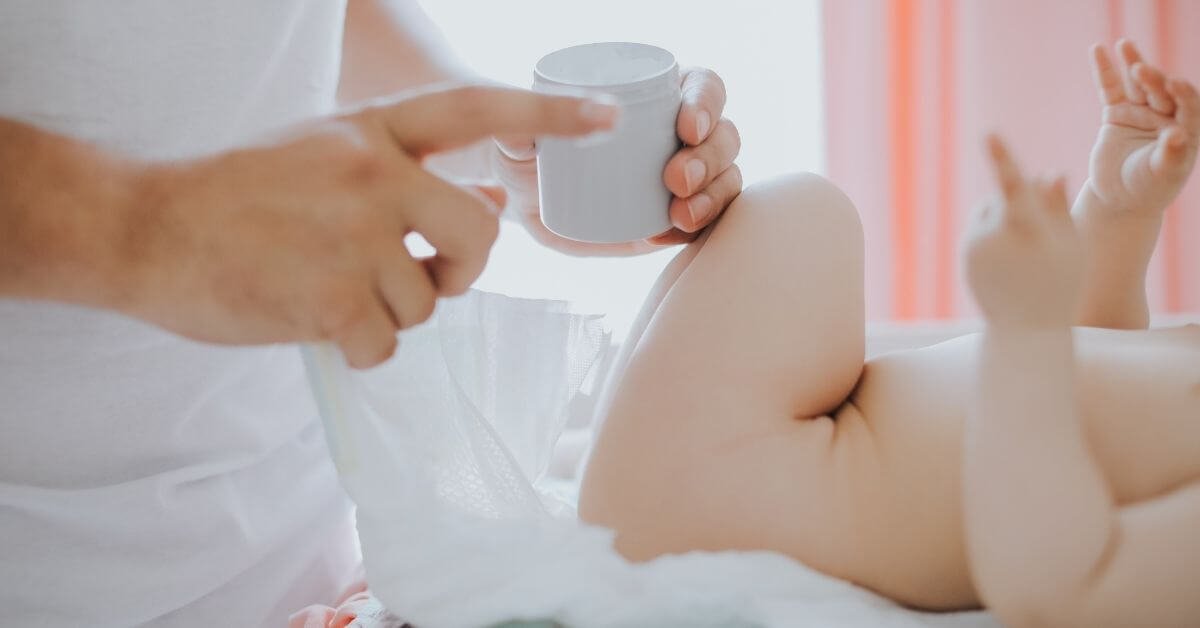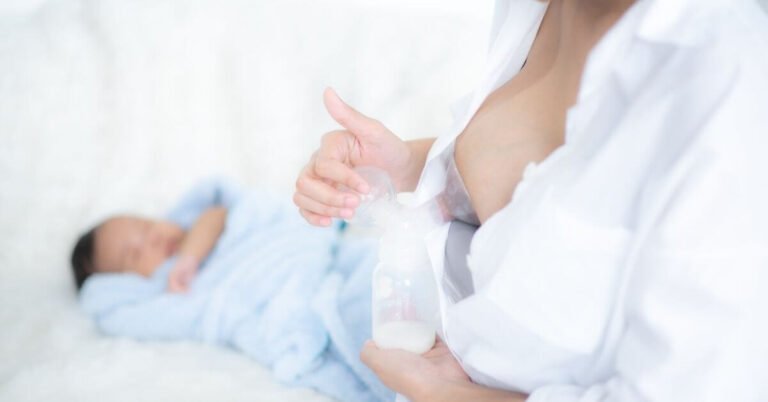A Severe Diaper Rash Won’t Go Away? – 5 Types And Ways How To Treat It
What to do when your baby’s severe diaper rash won’t go away? What if the usual over-the-counter creams and ointments fail?
It may be that it is not a typical rash that most babies have at some point.
For example, rashes may occur when the skin comes in contact with irritating watery stool for extended periods. But even an extreme diaper rash from diarrhea usually clears up in a few days with standard home remedies.
Irritant Dermatitis
Irritant dermatitis is a common diaper rash that develops when the skin gets irritated. This usually happens when:
- Babies spend too much time in contact with urine and poop.
- There is friction between the diaper and the skin or the diaper is too tight.
- Last, babies can get severe diaper rash from diarrhea.
Typical for this diaper rash is that it usually does not affect the skin folds. In the beginning, this skin rash appears red and inflamed. But this can soon turn into a severe diaper rash that is raw and bleeding.
Allergic Diaper Rash
We often see that a diaper rash won’t go away because the baby is allergic to the diaper material. Sometimes babies are sensitive to the fragrance used in baby wipes. When your baby is wearing cloth diapers, it is also possible that the baby is sensitive to your laundry detergent.
Allergic contact dermatitis (eczema) causes itchy red, raised, scaly skin in the diaper area and can cause a severe diaper rash. Sometimes simply changing the brand of disposable diapers will help to clear this rash on its own.
A Yeast Infection Diaper Rash
When your baby has the fungus Candida Albicans in his diaper, he will get yeast diaper rash. This is commonly a severe diaper rash characterized by red, raw patches, fluid-filled pustules (satellite pustules) over a large area.
The rash may spread to the skin outside the diaper area, like on the baby’s thighs or belly. Yeast loves warm and moist areas, and infections usually start around the baby’s anus or in the skin folds between the thigh and body.
A breastfeeding mother who takes antibiotics should know the risk of yeast diaper rashes in her baby. Antibiotics kill the beneficial bacteria on a baby’s skin that normally help keep fungus infections at bay. Simultaneously, there may also be a yeast infection in a
A fungal infection can easily spread through direct contact of the baby’s mouth on the nipple or the baby’s intestines into his stool.
Yeast diaper rash is most often the cause of persistent diaper rashes. For yeast infections, you get a prescription for antifungal treatment from your pediatrician. Some diaper rash creams for yeast infections you can buy without a doctor’s prescription, like nystatin, miconazole, and
Carefully read the labels of barrier creams because some contain cornstarch, like the well-known triple paste cream. Cornstarch can actually make a yeast infection worse. For yeast infections, you better use the triple paste antifungal ointment with 2% miconazole nitrate. Though a bit pricy, this stuff is an amazing remedy for a severe diaper rash.
The following two rashes are not typical for the diaper area. Moreover, they will not go away by just changing your diapering routines.
A Bacterial Diaper Rash
Another reason babies get a severe diaper rash is that bacteria have found their way through the damaged skin. Bacterial skin infection in the diaper area caused by Staphylococcus Aureus will give red patches and fluid-filled blisters. When these blisters start leaking, they will form a honey-colored scab.
If a baby scratches this infection (named impetigo), it can spread easily to other parts of the body. The best remedy for a bacterial diaper rash is to treat it with an antibiotic ointment. When the infection is severe or has spread, your doctor may decide and prescribe oral antibiotics.
Seborrhea Dermatitis In The Diaper Area
Most of us are well familiar with baby cradle cap, the thick yellow greasy patches on a baby’s scalp. But Seborrhea can also appear on the face, in the armpits, baby’s
Seborrheic dermatitis responds well to treatment with a mild steroid like hydrocortisone 1% cream. You may apply it twice a day. Just be careful not to use this steroid cream for more than one week.
How do you treat severe diaper rash?
How to get rid of a diaper rash in a few days?
- If your baby pees or poops, do not wait; change the diaper immediately. A diaper change may also be necessary during the night.
- Avoid alcohol- and fragrance-containing baby wipes. If the stool won’t come off, use mild soap and water.
- Pat the skin dry without rubbing. Ensure the area is fully dry.
- Put a thick layer of zinc oxide or skin barrier cream on the affected area. It is not necessary to remove these creams completely with each diaper change.
When should you go to the doctor for diaper rash?
- Symptoms continue to progress after two or three days of treatment.
- A rash spreads to the abdomen, neck, face, or arms.
- When you observe blisters, pimples, bumps, or sores on the skin.
- When the baby gets a fever.
- A rash that appears shortly after birth.
It is worth getting the baby checked out by a doctor for all of the above reasons.
In conclusion
As you can see, there are many causes of severe diaper rash. If you are unsure about a rash, don’t start experimenting because the wrong treatment may aggravate the rash. Instead, consult your doctor for the proper treatment.
More health topics you may like










